|
Well, the school year has officially ended. It hasn't actually sunk in yet that I will never have a class at Maggie Walker again. These four years have both dragged and flown by -- and same for this past year. It was certainly unexpected and unprecedented. I am sad we had to have virtual school, but I nevertheless feel I was able to make the best of it, and especially for art class. I am very happy with my art class experience this year; I feel like I really found my passion and niche, and it's gratifying to know I can make ambitious pieces if I set my mind to it and work hard, all the while balancing other responsibilities. I've always felt a bit lost when it comes to my theme, but this year, I was able to hone in on a specific idea and just work on exploring all the different ways I could express it, which I truly enjoyed. I would have loved to be in the art room making art, surrounded by friends, but alas, my bedroom has sufficed. I hope I am able to continue to make art, whether that may be just drawings in a sketchbook, or making gifts for people, or actually working on full-blown independent projects. Sometimes, it's difficult for me to take the time to just make art for the sake of making it, like when it isn't for an assignment, because of this gnawing fear that I should be doing something better or more productive with my time. However, if I've learned anything this year, it's that if you enjoy doing something that is engaging and challenges you, then you are getting something out of it, and it is therefore productive. This is the mindset I hope to carry with me into the next phase of my life. I'd like to think I will keep up with this website, but the reality is I will probably only remember I have it, like, once every few months and update it sporadically. Still, it's cool to scroll back through my posts all the way to September 2018 and see my progress. I am proud of the hard work and time I've dedicated to this class, and I am forever grateful to the lessons it has taught me about individuality, perseverance, and the nature of art-making.
0 Comments
Information from Dr. Jeanette Nicewinter + Additional Resources Notes:
Reflection / Connection to my own art:
It was super cool to learn about Incan culture, especially since South America was only a brief part of my 10th grade history class. It's so sad that the majority of Europeans just blatantly disregarded their works and actively tried to suppress their culture. I am so grateful that some artifacts remained because this culture was truly revolutionary in their understanding of artistic principles and appreciation for skilled craftsmanship. I didn't realize how carefully they balances practicality and freedom of expression in their artworks. It was absolutely mind-blowing to learn that some pieces of textile were more valuable to them than gold and silver, especially considering these metals are literally called "precious". The level of detail the weavers were able to attain in their textiles is so impressive. I appreciate the geometric patterns and abstract shapes, too. I wouldn't be opposed to exploring a similar style in my future works, as I tend to gravitate towards realism; I think focusing on the abstract could allow me to express the same theme I am currently working on (where home is, the connection between the mind and body) in a very different way. I also have never worked with textiles before, and I think it could be really interesting to try and actually do a weaving and just get some real hands-on experience to be able to fully appreciate the amount of time and attention textile artworks require. I think I could be good at this because I naturally have an eye for detail, but I could also see myself becoming impatient with the process and frustrated if it didn't turn out exactly like I had imagined. Nevertheless, I am glad to have had the experience of this lecture and looking at some additional resources to gain a greater appreciation for Incan culture. Resource Links: Inca Art - World History Encyclopedia Inca Art Forms | Discover Peru (discover-peru.org) Introduction to the Inka (article) | Inka | Khan Academy I had to meet with Coach Hall so he could help me figure out the perspective for the windows and door because I was struggling a lot. But, he helped immensely, and I was finally able to start actually adding the colors. Now, I'm working the details of the windows and door, and then I'll have color in the areas around them to make sure the integration isn't choppy. I'm happy with progress so far, and I'm excited to be almost done.
I'm still working on blending the colors on the heart to make them smooth and vibrant before I move on to the windows and door. I still have details on the middle to left part of the heart, but I'm making steady progress.
Jim Warren began painting and selling his art in high school over 50 years ago. Now considered a “Living Legend of the Art World” much of Warren’s oeuvre is steeped in surrealism, portraying dreamlike, illogical and fantastical scenes with realistic details.
www.parkwestgallery.com/the-wonderfully-surreal-art-of-jim-warren/ www.parkwestgallery.com/artist/jim-warren/ **Artworks from: Jim Warren - Grammy Award Winning and Disney Fine Artist Some of My Favorite Artworks from his Website:**Note: These artworks are made to be reproduced, so they are not labeled with sizes because they can be reprinted as "high quality, limited edition Giclée on canvas prints. They are available in three sizes: 18×24″ (small), 24×30″ (medium) and 30×40″ (large)." I stumbled upon Jim Morrison's work by doing a Google search of "surrealist painters." One of his vibrant, eye-catching pieces popped up, and I proceeded to spend the next hour looking at all 16 pages of Fine Arts work he had posted on his website. 16 pages of pieces under only 1 of 4 categories of types of art in his portfolio (the other categories being portraits, Disney fine arts, and and illustrations). Many of his works are reiterations of the same ideas: the beach, animals (especially horses, dogs, and cats), vibrant colors which create high contrast.
Why I like each of the above images: 1. Heavenly Skies
The West has been influenced by Eastern aesthetics since 1853 opening of Japan Right: Mary Cassatt's The Letter (1891) Left: Yoshitoshi's Cooling off at Shijō, from the series One hundred aspects of the moon (1885) Wabi: connected to Shinto religion, original religion of Japan, 3rd century
The Grand shrine of Ise is considered the most important Shinto shrine. It is surrounded by 127 smaller shrines and continues to be built every 20 years using same materials and traditional methods as a way to continue that legacy. Sabi: mono no aware
Yugen: linked to Buddhist teachings
Junichiro Tanizaki 1933 In Praise of Shadows - wildly read in Japan, a pop culture figure
ReflectionI remembered a lot of the details of this lecture from a similar one from 2018 on Japanese aesthetics. I specifically recalled the information about the principles of wabi and sabi because I think these ideas really resonated with me. As someone who identifies closely with perfectionism and the desire for a polished, finished artwork, I highly respect people who can look at a piece of art that is frustratingly crooked or incomplete and appreciate it as it stands. I found this notion -- that artworks which are not complete could be even more valuable than artwork which has been crafted with painstaking attention to detail -- especially frustrating; it feels like an insult to people who put time and effort into making their craft flawless. I guess that's the whole point, though; as yugen means, life is better spent appreciating the moment as it comes, rather than always thinking about the moment that has yet to come. When you really care about being present for the process of creating an artwork, I guess the finished product doesn't seem like the end-all be-all anymore. I think that's a valuable lesson; but, honestly, I don't know if I'd ever be able to fully ascribe to this way of thinking. I am goal-oriented, motivated by a vision I have of myself -- whether that be in art, school, or any other aspect of my life. While I understand there are drawbacks to this mentality, I also feel it has helped me succeed and maintain a good work ethic because of my internal drive. I would fear that if I were to try to incorporate wabi, sabi, and yugen into my work, I would lose that drive that keeps me on top of things. I guess, though, the whole point is balance: balance in being present in the moment and having a clear vision to work towards; balance in appreciating imperfections but also having a sense of pride in my work; balance in appreciating life as it comes and goes. I understand why individuals within Western art culture were inspired by Japanese aesthetics; their values are simple and humble, but the end result is a sense of contentment and satisfaction you are unlikely to achieve elsewhere. Plus, just the style itself with the flat shapes and the cherry blossoms is peaceful.
Overall, I enjoyed the lecture. I think I will apply it to my current works, using the principles of wabi, sabi, and yugen to center my mind when I feel I am too hyper-focused on perfectionism or not appreciating the process of art-making itself. The images of the planning pages I've included from my sketchbook (above) pretty much sum up my next steps for this project. I still need to finish shading the heart itself and making sure the colors are as bold as I want them to be. I struggled with the textures of the upper left quadrant a lot, especially since there is a pretty large area of highlight in the photo that I wasn't sure how to capture. I explained my concerns about the areas with highlight to Coach, and he suggested I take a bit of artistic license. So, I am just sort of pretending like those highlights don't really exist because they are incredibly difficult to render using colored pencil. Once I finish coloring the heart, I'll begin on the windows and door. As depicted in my planning pages, I've been thinking about how to best portray the angles of the windows and door because I want it to be clear the heart has dimension and depth. It is tricky because it is not an even globe shape, so the angles are a bit different for each part. I think what I will probably do is begin with a horizon line and adjust the lines I use as markers according to the irregular curves. I think I'm going to follow Coach's suggestion of making the door inset so that there's an entryway and the door itself is set back into the heart. I think this would give a really awesome sense of depth to the piece and be more visually interesting than a regular door. Plus, as he pointed out, it would be very difficult to draw the door distorted on the surface of the heart.
I'm both nervous and excited for these next steps in my progress... but mostly excited! It's really difficult to take process pictures of the paint pour because it gets so messy and I can't stop in the middle of the process to take pictures with my hands all covered in paint. But, anyways, I finally went to Lowe's and got a super large piece of this very thick material that is similar to fiber board, but not quite the same (I don't remember what it's called). We got them to cut so that it would be the right size. Then, I could finally do the actual paint pour (after my first failed attempt). I ran into the same problem as I did with my first attempt, where there were these little pockets of empty space that the paint just sort of went around, rather than filling them in. So, I had to put paint on my finger and basically break whatever seal/barrier the paint had formed that kept it from not spreading to that space. It was kind of satisfying, but also time-consuming. Overall, this piece is alright. I am concerned there is not enough purple to balance the yellow that somehow managed to dominate the bottom left part of the board. But, the textures and patterns are really cool. I'm excited for the next phase: making the outline of the silhouette, using the same picture of myself that I used for my last piece. Originally, I was going to actually cut the outline out, but I need to see if that is actually feasible. As an alternative, I was thinking of maybe just using gesso to make a subtle outline, or something like that. I was also thinking that I could just fill in the outline with gesso, like a color block, rather than just outlining the figure.
I've made some good progress on this piece. It's difficult to blend the colors correctly to get the right hues and shades, but I've enjoyed the process. I'm sort of dancing around the parts that are the most detail-oriented, especially where there are highlights. My fear is that I won't be able to execute the details, and the highlights will just look like blank spots, as if it's unfinished. I'm gonna have to get over it at some point, though, if I intend to finish.
I've made some decent progress thus far. All I'm really doing right now is using my reference photo to color and shade. It's a fun but slow process. I'm not following the reference picture exactly, but close enough for it to still be realistic. I am having a tricky time with the highlights on the right side -- I'm not sure how to depict them accurately. I might have to leave that part for the end so I have time to figure it out. Overall, I am content with where this piece is headed.
|
Archives
March 2021
Categories |
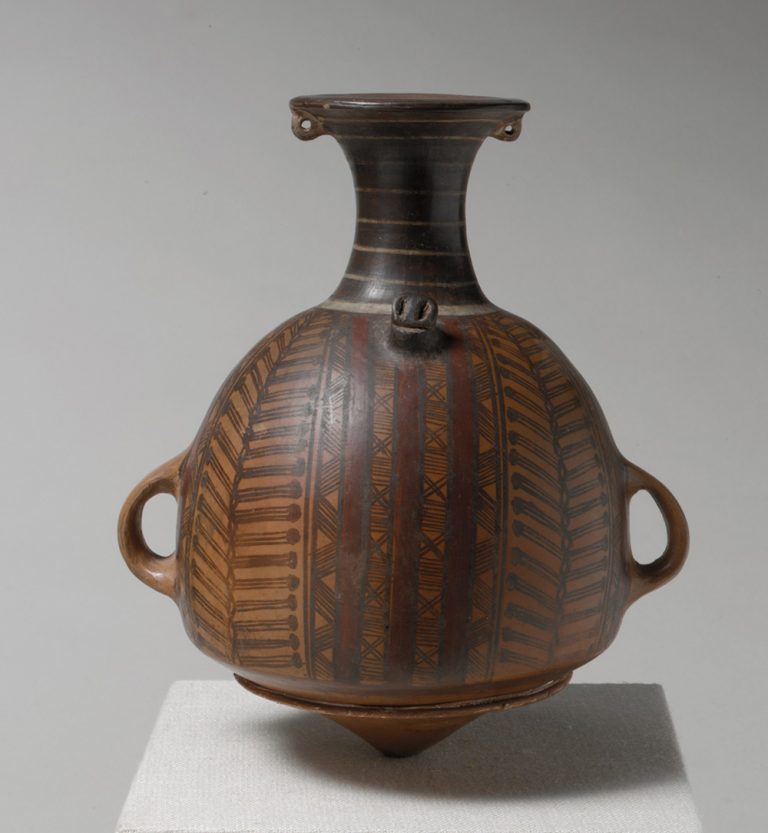
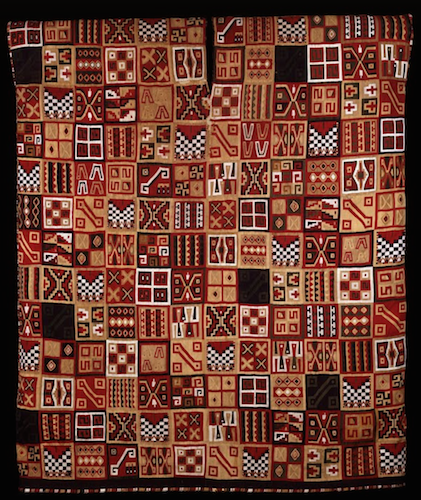
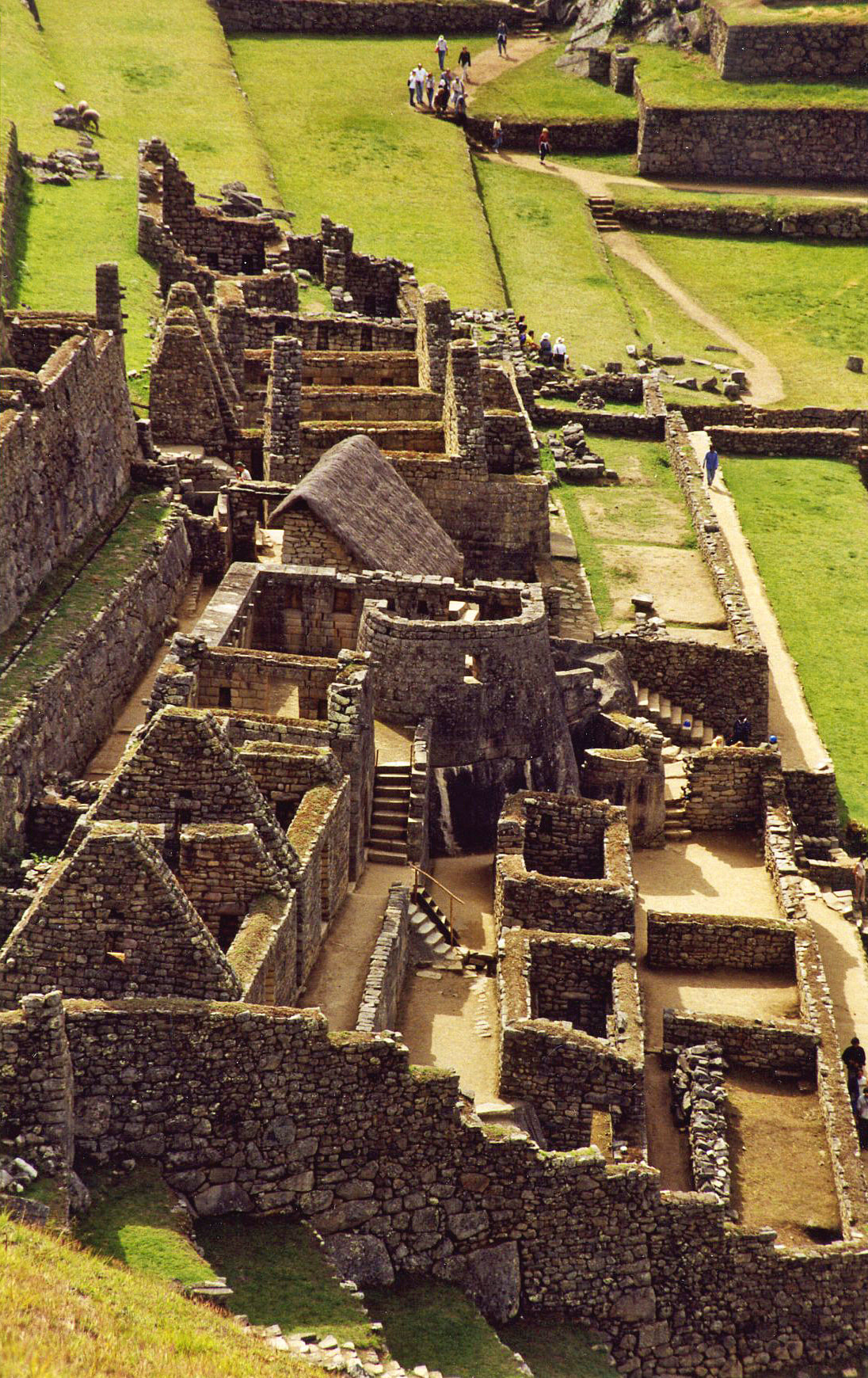
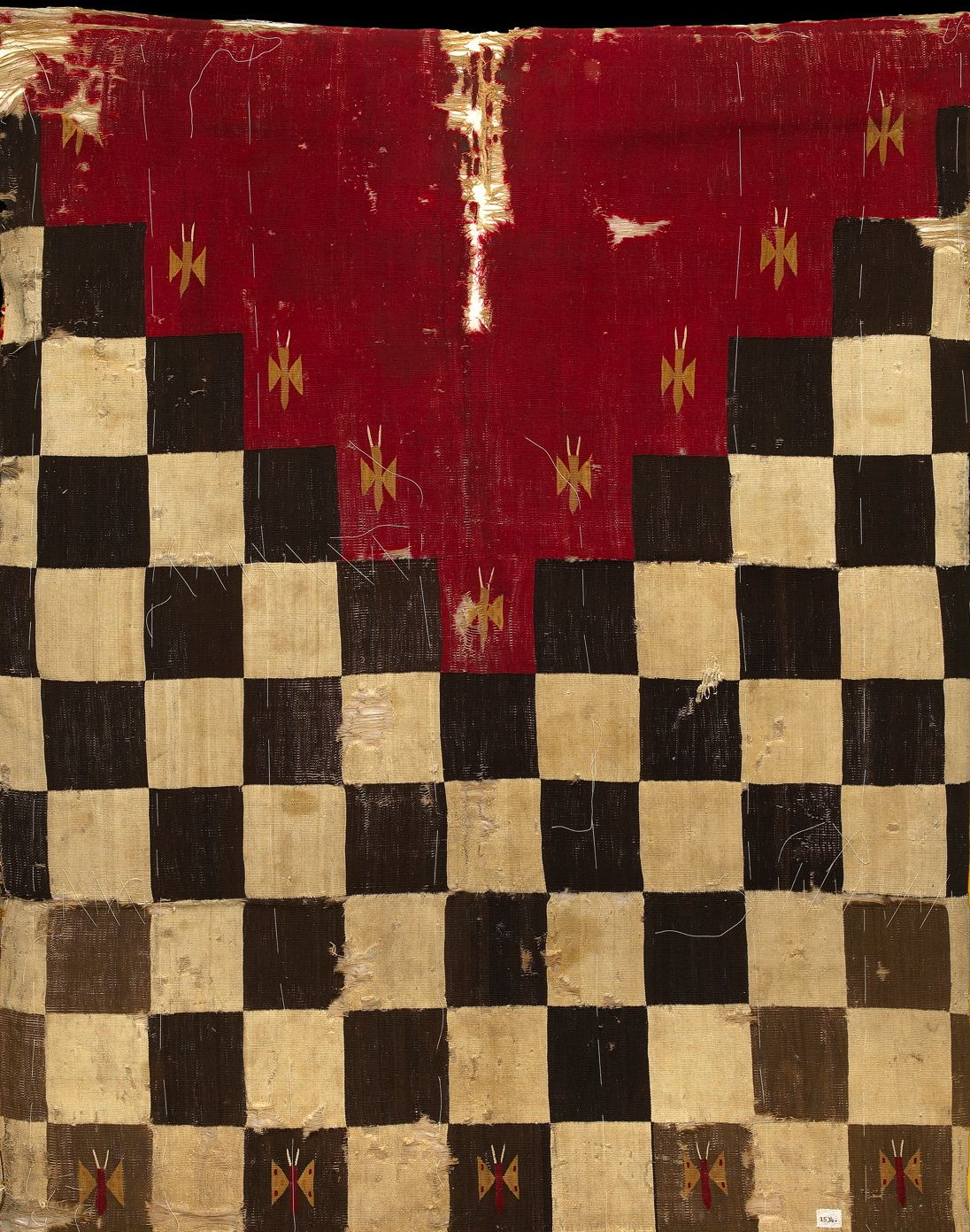
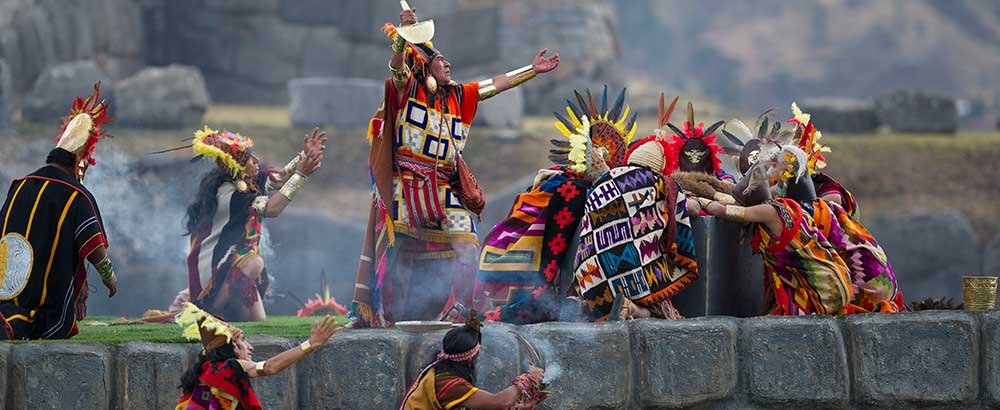
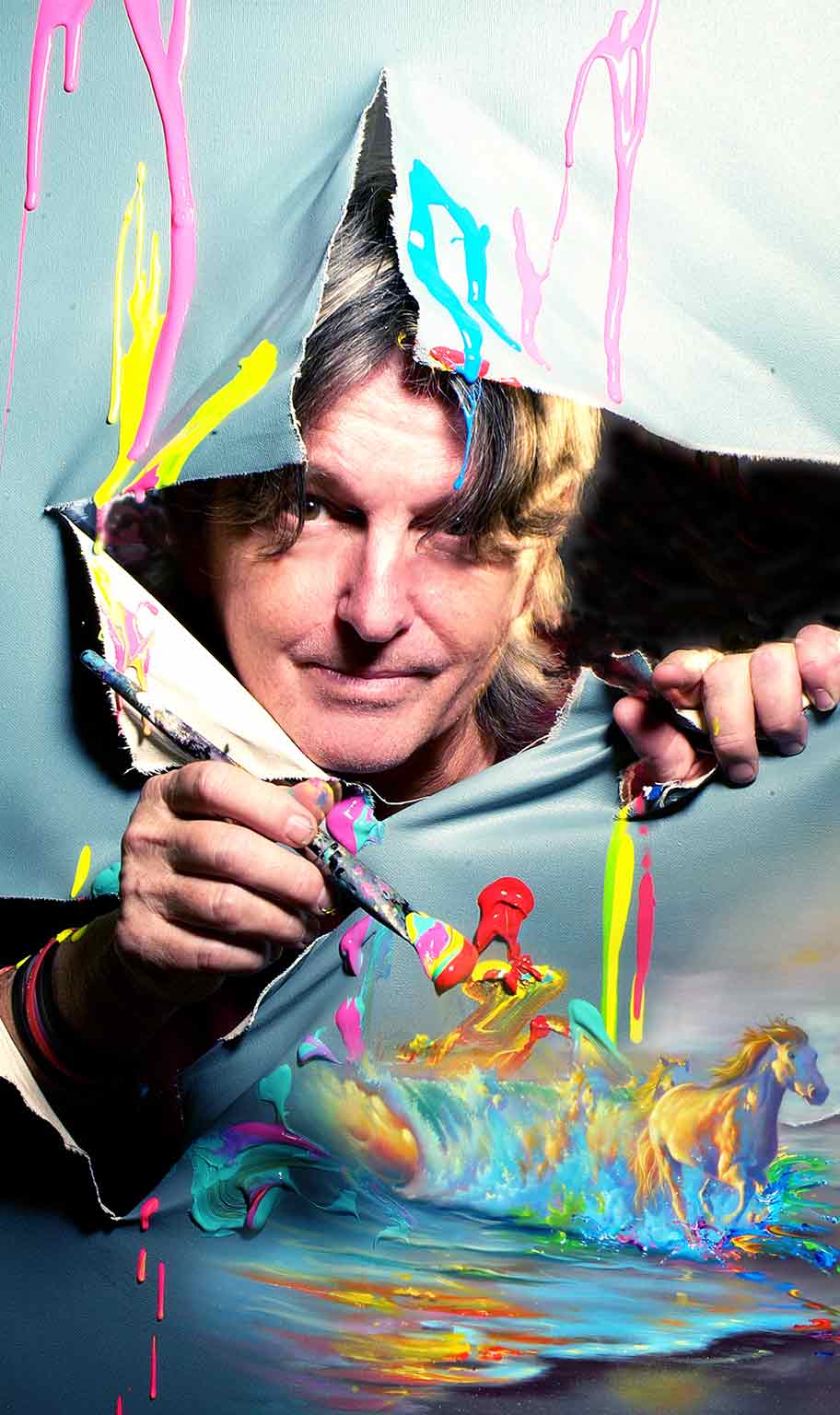
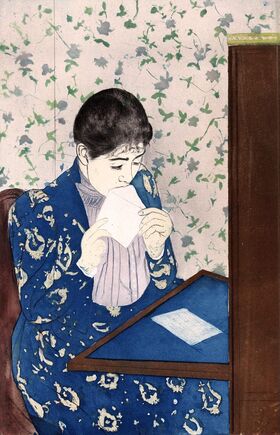
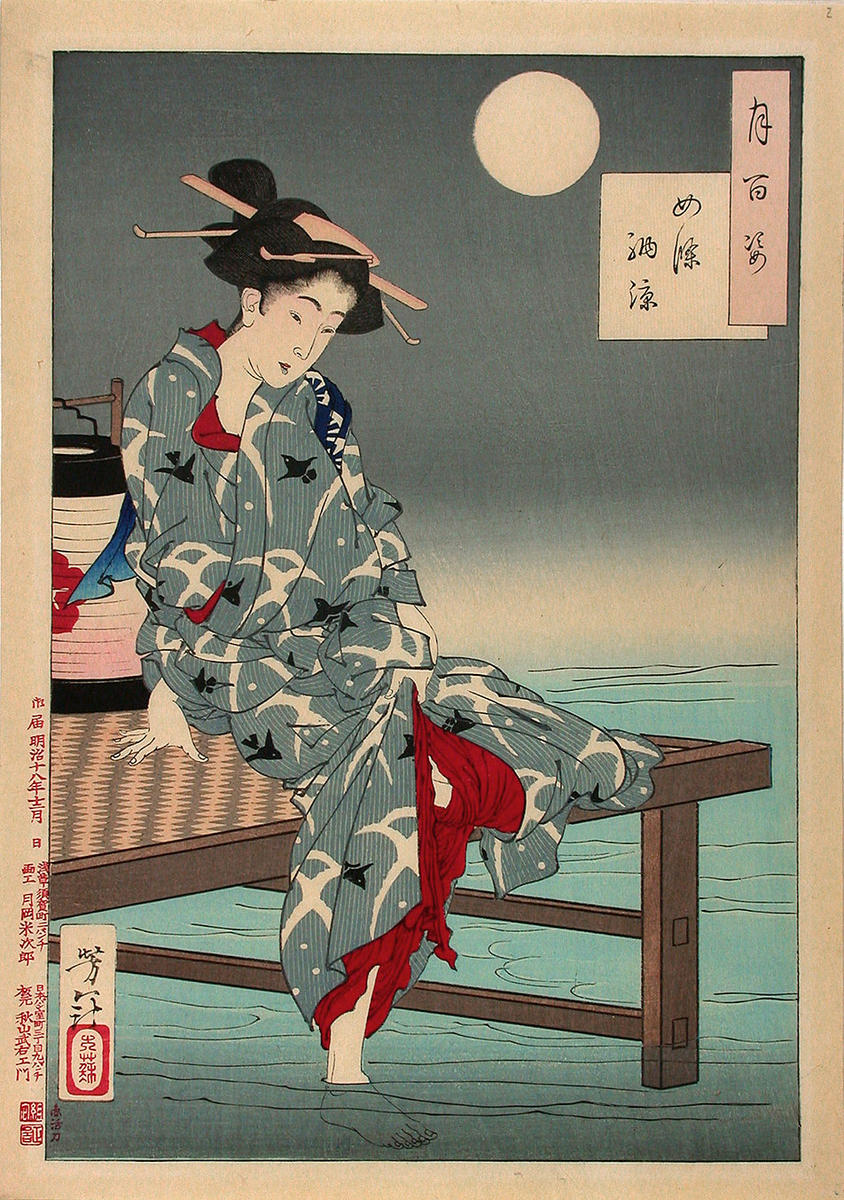
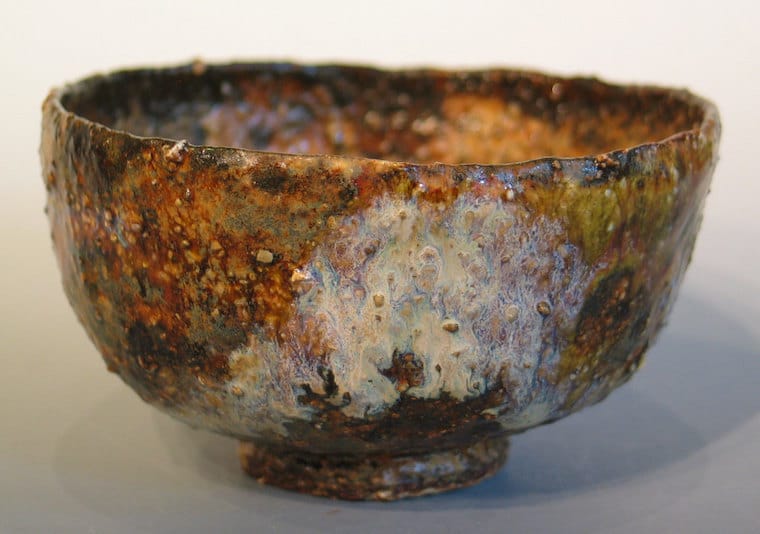
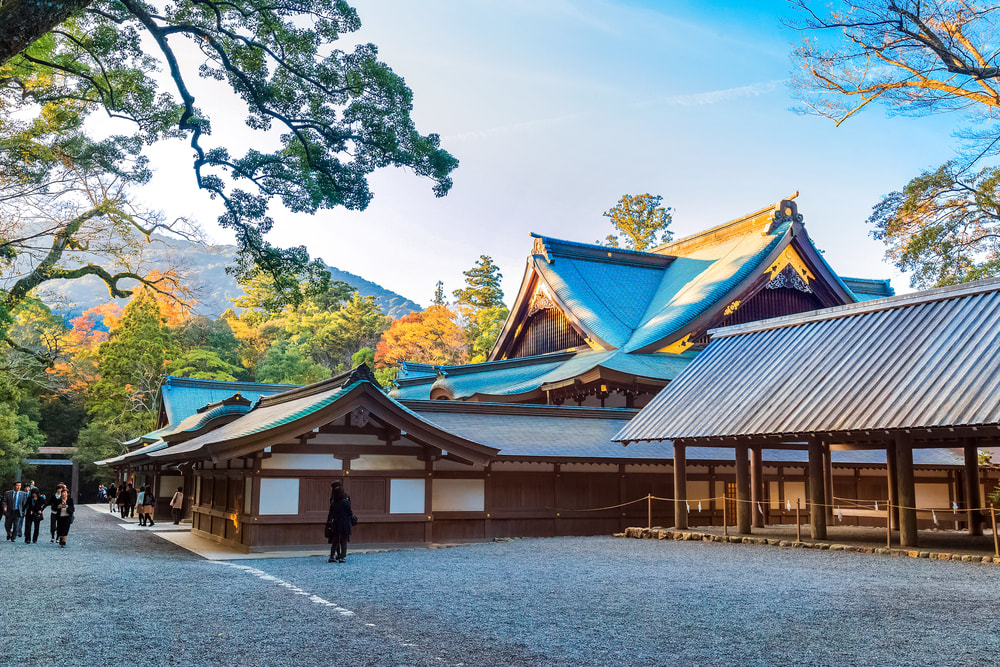

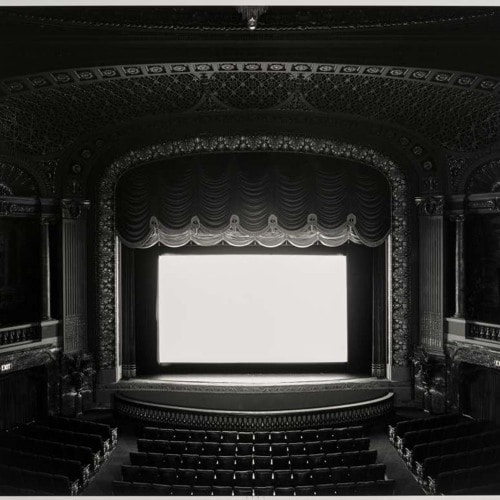
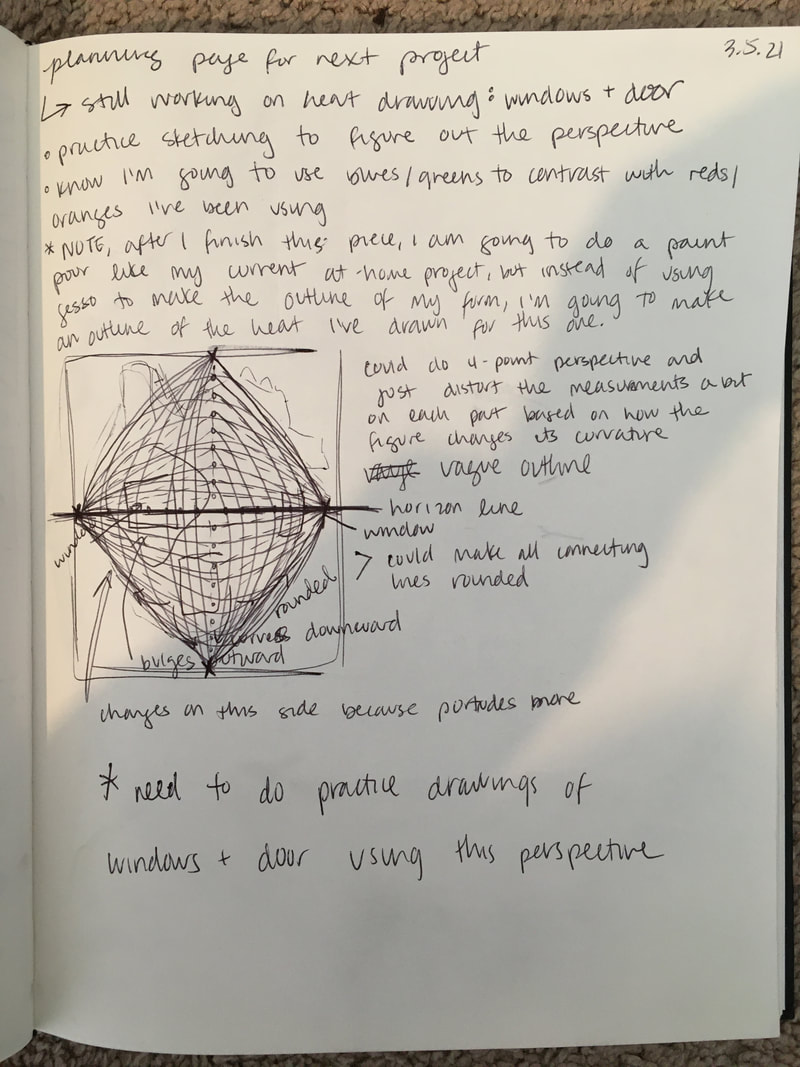
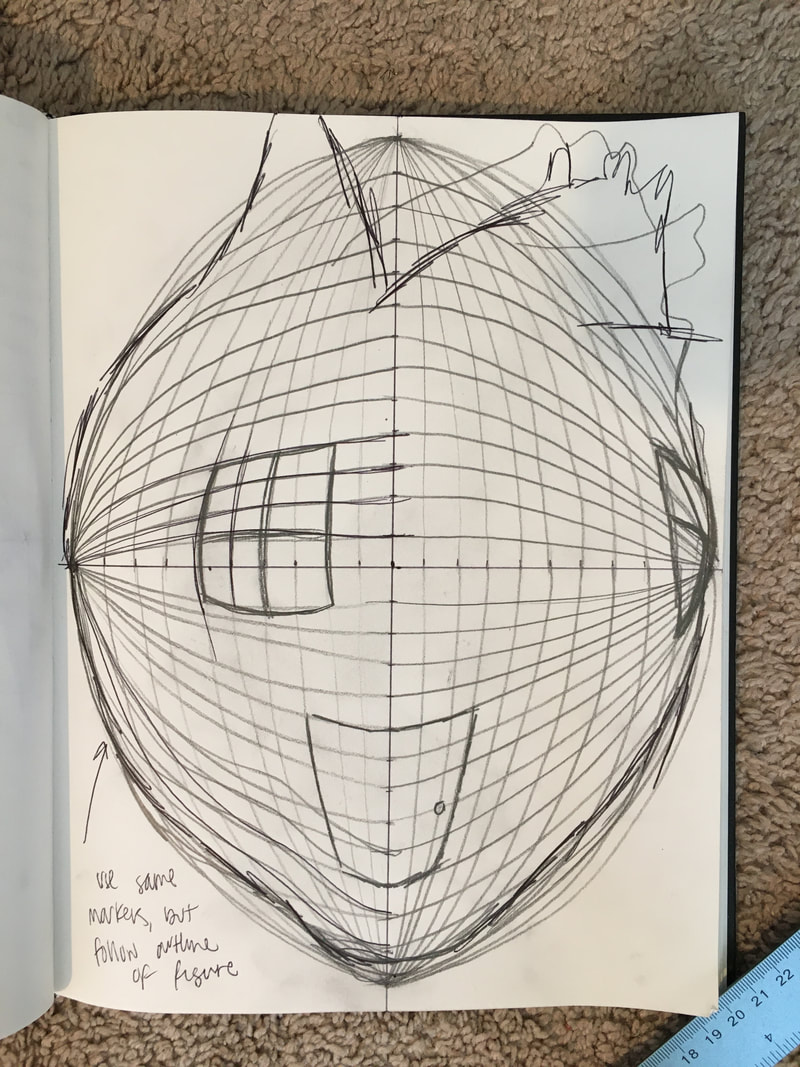
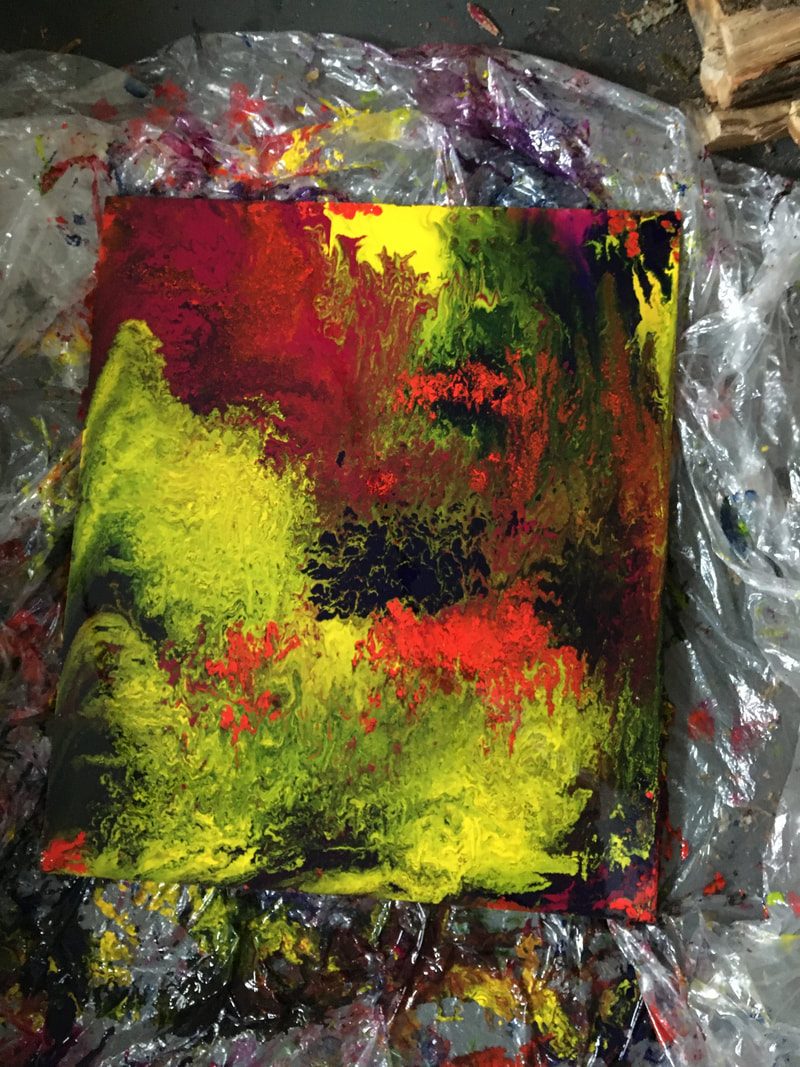
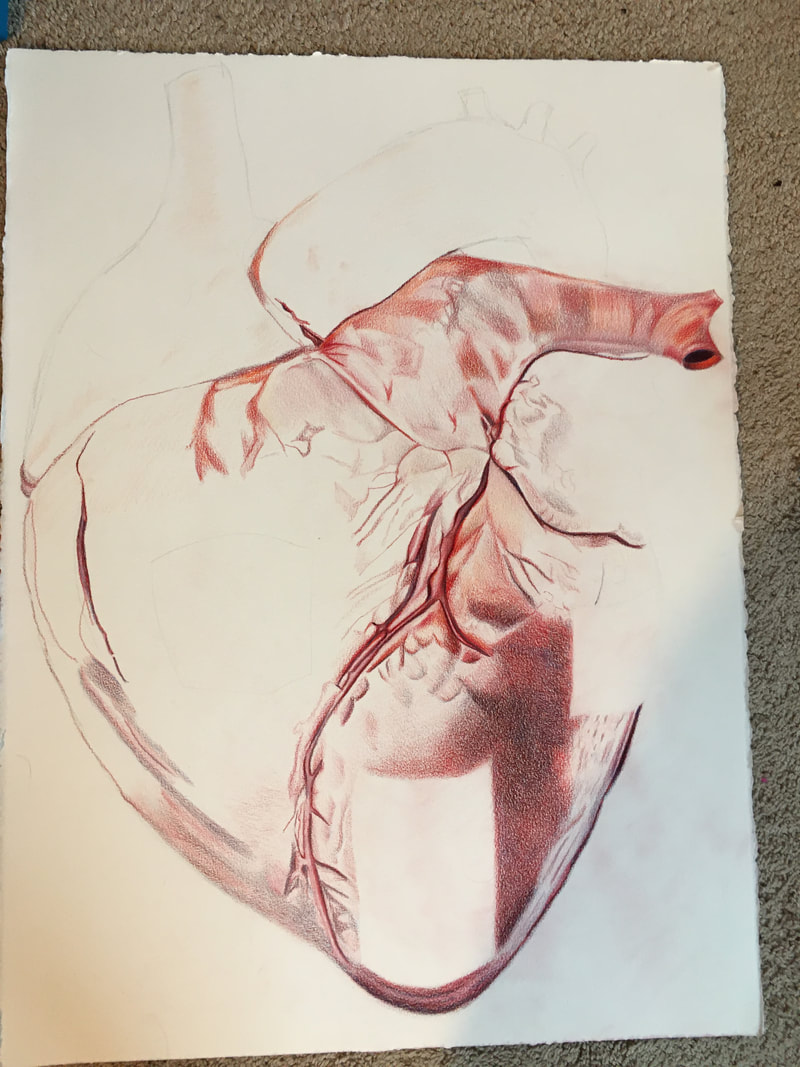
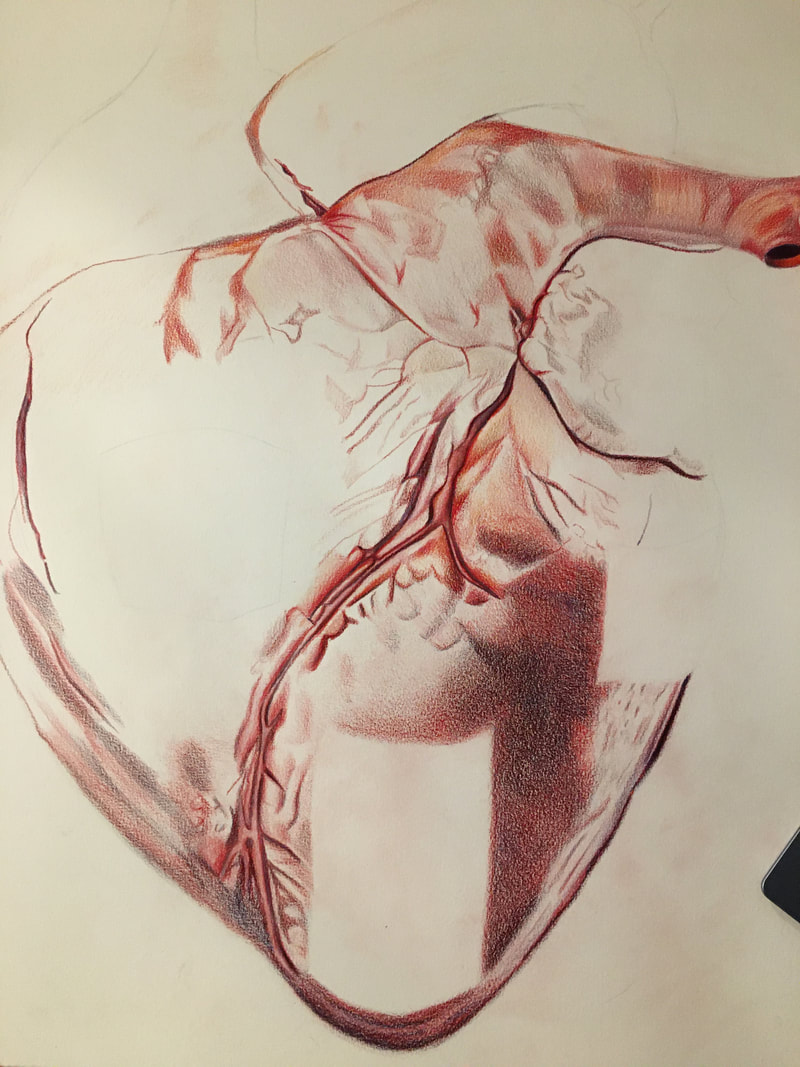
 RSS Feed
RSS Feed
